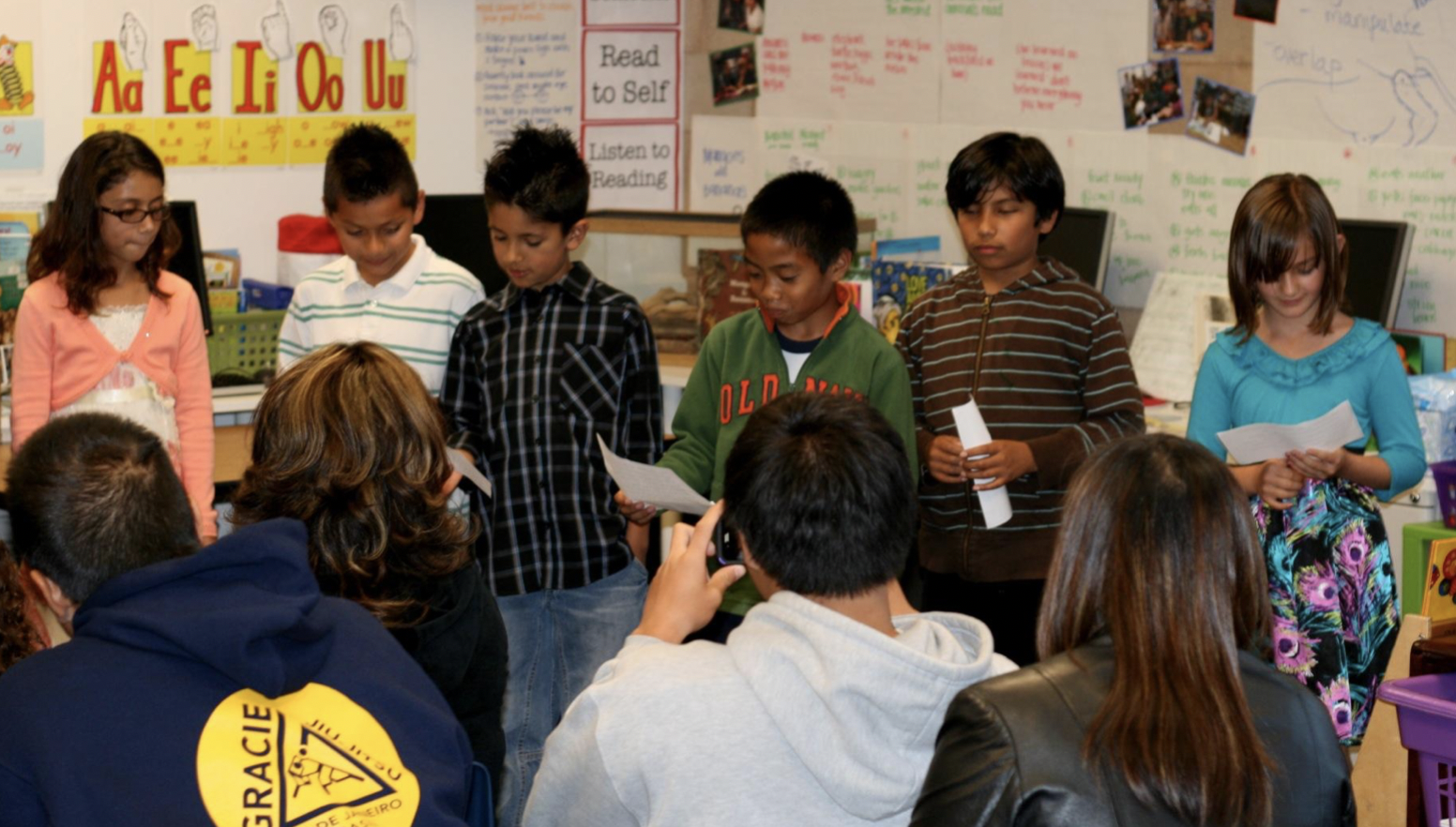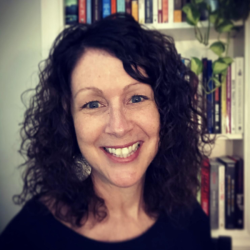
Picture yourself at one of those events where you’ve invited families to come in and see what your students created during a PBL unit. Enter the oohs and aahs as they peruse all the well-polished finished products. It’s all very rewarding to see it all come together. But wait. Do you ever wonder if they really understand just how much work went into making that happen? Do the displays or presentations show the struggles that occurred during team work time or the great moments of discovery students experienced as they dug into engaging investigations? Are you helping the audience better understand what Project Based Learning is, or are you just sharing the big “things” students created?
At the end of a PBL unit, it’s pretty common to show off student work at some kind of showcase or performance that families are invited to attend. Perhaps you even open these presentations up to a wider community audience. Sharing their products gives meaning to students’ work and offers them an audience, but if you’re not sharing the process as well, you are missing out on a powerful learning opportunity for the audience and, more importantly, for your students. Lots of incredible work happens throughout the unit and uncovering that rigor and depth for your audience has great benefits.
What does “share the process” mean?
When students to share the process, they tell the story of the PBL unit. They explain the learning that happened along the way. They may detail the lessons, talk about guests who came in or field work they did, explain how the products came together, the feedback they received, what they did independently and what happened in teams. All of it. And we’re not just talking about academic content here. The content is important, but so is all the learning, including what students discovered about themselves along the way—what their strengths are and where they still have room for growth. Sharing the process allows students to reflect on all of the rich learning experiences, the questions that came up, the successes and the stumbles throughout the unit.
What needs to happen during the PBL unit to make this possible?
An important element of Gold Standard PBL is reflection. This calls for “students and teachers (to) reflect on the learning, the effectiveness of their inquiry and project activities, the quality of student work, and obstacles that arise and strategies for overcoming them.” When reflection is happening throughout the unit, sharing their reflection with an audience at the end will be very natural to students, and they’ll be more in tune to their successes and areas for growth. Written reflections are helpful so they can refer back to their own thoughts when it is time to look back on the whole unit at the end.
During the unit, you will likely make anchor charts and offer resources to your students, including things like learning materials and rubrics. A project wall is a great place to display everything, and these artifacts help to tell the story. Post your driving question and consider even sharing your project planning documents. Sharing your process as the educator is important too! Don’t forget to take pictures throughout the unit. You’ll want to capture the work in progress, students collaborating, guests that came in, field trips… all of it.
How will this all look during the showcase?
As the unit is wrapping up, you will want to set aside some time to revisit all the work students have done. Start on the first day when the project launched and record all of the milestones along the way until you reach present time. For younger students, writing down all the steps is especially helpful.
Rearrange your project wall to reflect the unit in order like a timeline. If you have written out the steps, maybe even hang those below the artifacts on the wall and add in the pictures you took so guests can actually see what took place. Treat it like a museum exhibit of your project. Set up tables with drafts of their products, prototypes and other planning documents like storyboards or graphic organizers. Include student notebooks open to key pages and display the books you read during the study, too. Students can literally point to these things as they talk to guests about their experiences throughout the unit, and they can serve as visual prompts for guests, which helps them ask better questions about the body of work.
While students are planning out what they’ll say related to their products, they should also plan out how they will share about the process. An end of unit reflection might include a challenge the student had, a success, something meaningful they learned about the content, something they learned about themselves and a goal for future work. You may also want them to share revisions they made based on feedback and even detail their steps if they’ve used the engineering design or design thinking process. All of these are great to share during the showcase, so the final reflection can serve double duty. Remember that for many families, this whole PBL thing is quite different from what they experienced in school. Part of our job is to help them better understand the work students are doing today. This supports that understanding in a powerful way.
When your students share both their products and their process, they solidify all the learning that occurred within the unit. Those experiences take on greater meaning and they are better able to articulate why the work they are doing really matters. They know their strengths and have a clear understanding of where they can grow.
What are some ways you can share the process next time you open up your classroom for a PBL showcase?

